Gardens of Italy

Villa Lante, created in the 16th century in Bagnaia near Rome, unites flawless geometry and fantastical water features and landscaping to tell the tale of mankinds taming of nature. (Susan Spano / Los Angeles Times)

In the medieval town of Ninfa lies a garden with English influences courtesy of Duke Roffredo Caetani’s American wife, Marguerite. The pair took possession of the grounds in the 1930s and experimented with non-native plants such as banana, bamboo and magnolias. (Susan Spano / Los Angeles Times)
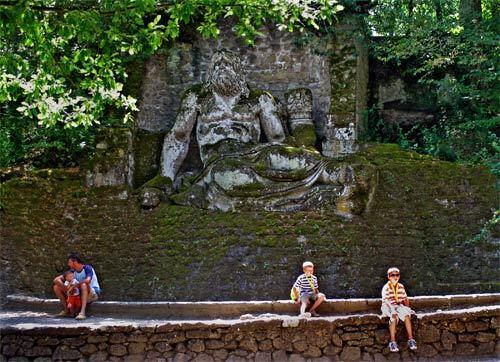
A mossy stone giant seems to keep a watchful eye over Bomarzo, a privately owned property known as the “garden of the monsters.” (Susan Spano / Los Angeles Times)
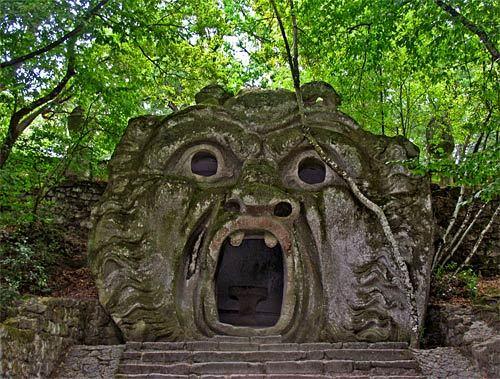
The fantastical stone gallery at Bomarzo is attributed to Vicino Orsini, circa 1570, and is said to be in the Mannerist style of art that evolved after the High Renaissance. (Susan Spano / Los Angeles Times)
Advertisement

A lotus is in full blossom at La Landriana, which features an unusually wide variety of plants thanks to the work of Marquise Lavinia Taverna and Russell Page. The English garden architect brought order to Taverna’s diverse tastes, creating artistic ensembles of texture, scent, shape and color. (Susan Spano / Los Angeles Times)
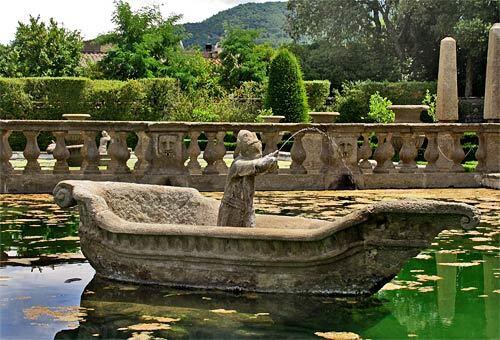
A lower pool at Villa Lante showcases the elaborate stone and water features that are found throughout the garden. (Susan Spano / Los Angeles Times)
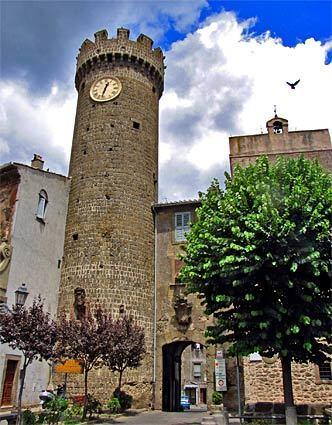
A clock tower juts out from the medieval town of Bagnaia, home to the Villa Lante gardens. (Susan Spano / Los Angeles Times)
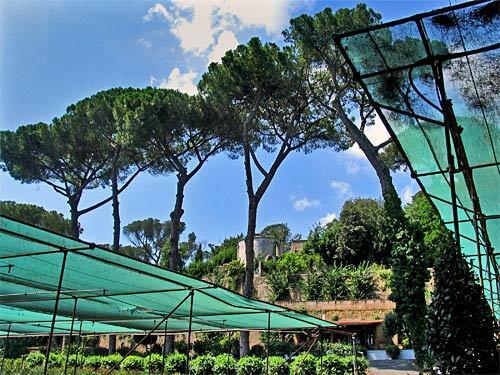
The Commune of Rome nursery supplies spring azaleas to the city’s landmark Spanish Steps. (Susan Spano / Los Angeles Times)
Advertisement

A monastic garden peeks out from the Basilica of the Holy Cross in Jerusalem, once a Roman amphitheater and one of the seven pilgrimage churches of Rome. (Susan Spano / Los Angeles Times)
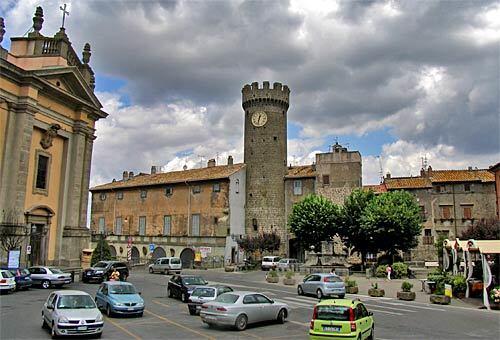
Bagnaia is set among rolling hills and vineyards, about an hour’s drive north of Rome. (Susan Spano / Los Angeles Times)



